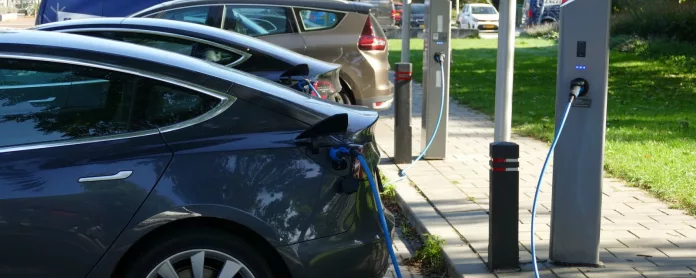As the transport industry continues to be heavily reliant on gasoline and diesel, its contribution to global greenhouse gases surges, exacerbating climate change. The transport sector’s appetite for oil accounts for a staggering 60% of global demand. However, there’s a silver lining as consumers increasingly pivot towards electric vehicles (EVs). This shift isn’t just a nod to environmental sustainability; it’s a stride toward meeting the carbon neutrality goals of the Paris Agreement.
Adopting EVs isn’t only about curbing emissions; it has far-reaching implications for public health and fossil energy reduction. Still, despite the logical benefits, convincing some consumers to embrace electric mobility remains a challenge.
What Drives Consumers to Consider Electric Vehicles?
The decision to choose an EV often stems from a blend of environmental concern, moral norms, and the perceived value of the product. The complexity of new technologies, along with the perceived risks and benefits, can influence purchasing intentions. Many studies aim to dissect the intent-behavior gap concerning EV adoption, pinpointing various influential consumer and EV characteristics as well as policy-related factors.
Attitudes, perceptions of EVs, affordability, and even previous experience with EVs are key consumer traits that predict purchase intentions. EV specifics such as cost, range, charging times, speed, and performance, alongside potential financial and environmental benefits, also play critical roles.
Policy interventions, such as inadequate pre-sales consulting or lacking post-sale services, could negatively affect the purchase decision. Furthermore, emotional connections to EVs, income levels, and government policies can either accelerate or deter prospective buyers.
Overcoming EV Adoption Hurdles
Perceived issues with charging infrastructure and driving range continue to make some consumers hesitant. Yet, with a growing number of charging options like private home stations, public street points, and third-party locations, these concerns are being allayed.
The cost – often a deterrent in EV adoption – can be offset by tax reductions, financial perks, and overall economic savings. For example, a 2023 report from Energy Innovation highlighted that EVs are cheaper to “fill up” than their gas-powered counterparts across the states.
More Incentives to Drive Electric
Jose Pontes of EV-VOLUMES exhibits financial sensibility when advocating for EVs. He argues for multiple benefits:
- Lower running costs due to cheaper per-mile expenses.
- Reduced maintenance needs resulting from fewer mechanical parts.
- Enhanced long-term resale value as EVs slowly replace internal combustion engine vehicles.
- Remaining tax benefits, reduced road taxes, and various other incentives.
- The convenience of “refilling” at home, saving both time and indirect costs.
- A smoother driving experience with instant response and no gear changes.
Conclusion: Accelerating the Electric Shift
Understanding the factors influencing consumer intentions to buy EVs is key to encouraging a sustainable automotive landscape. Considering the perceived risks, benefits, and overall value of EVs can significantly shape purchase intentions and could be the catalyst required for a broader EV adoption. As consumers navigate the evolving narrative around electric mobility, the industry may need to focus more on these pivotal insights that steer individual choices towards eco-friendly transport options.

























